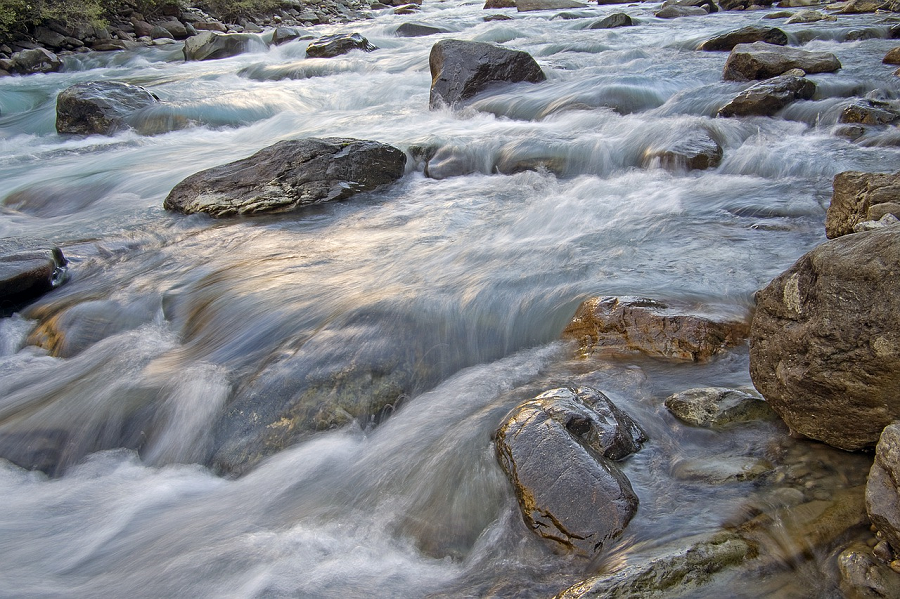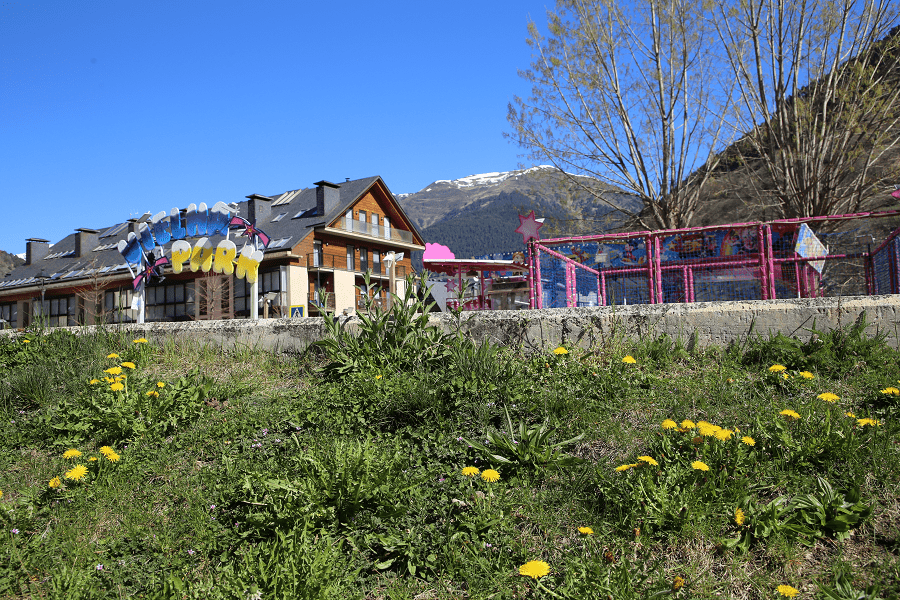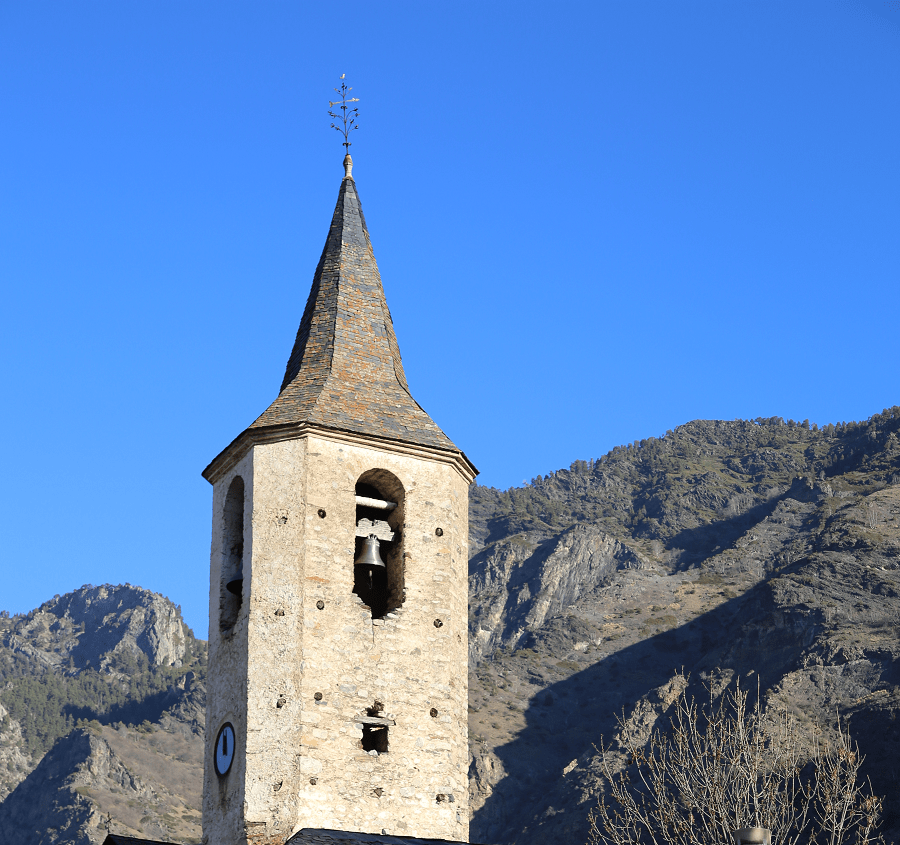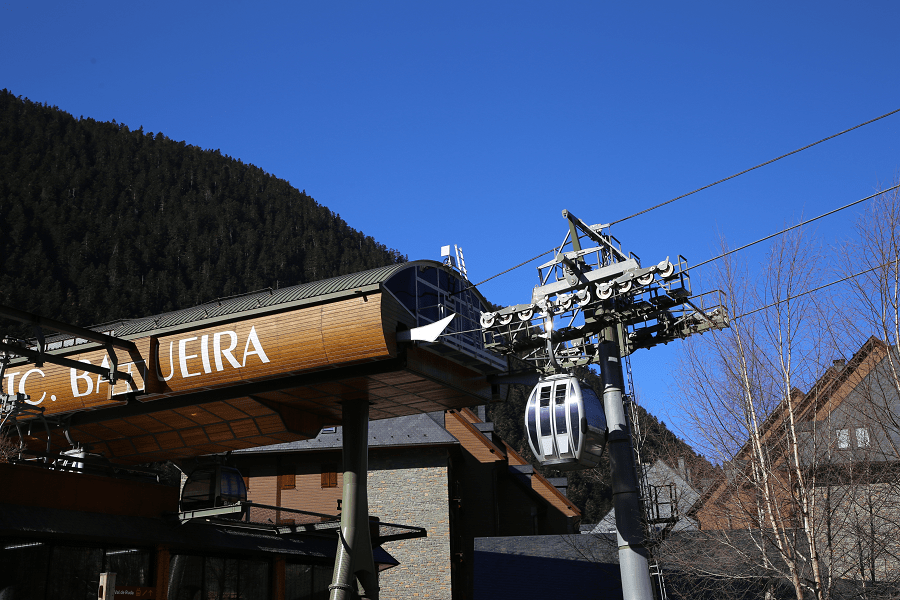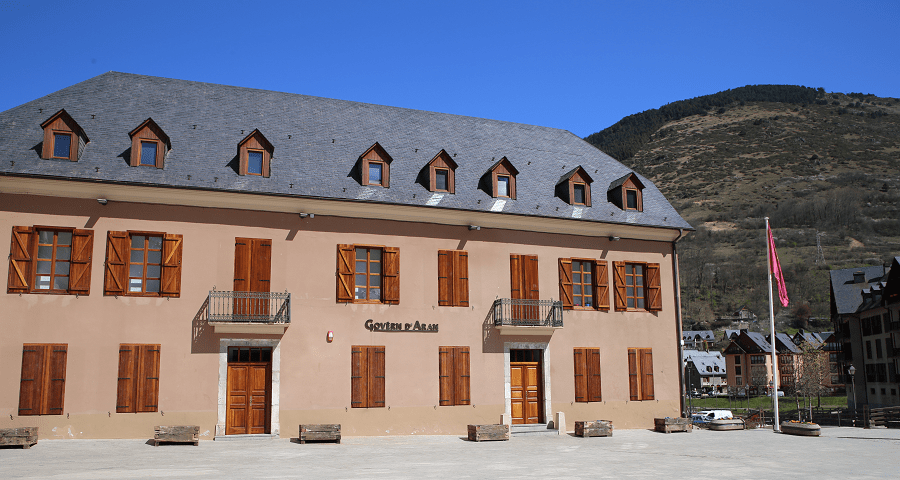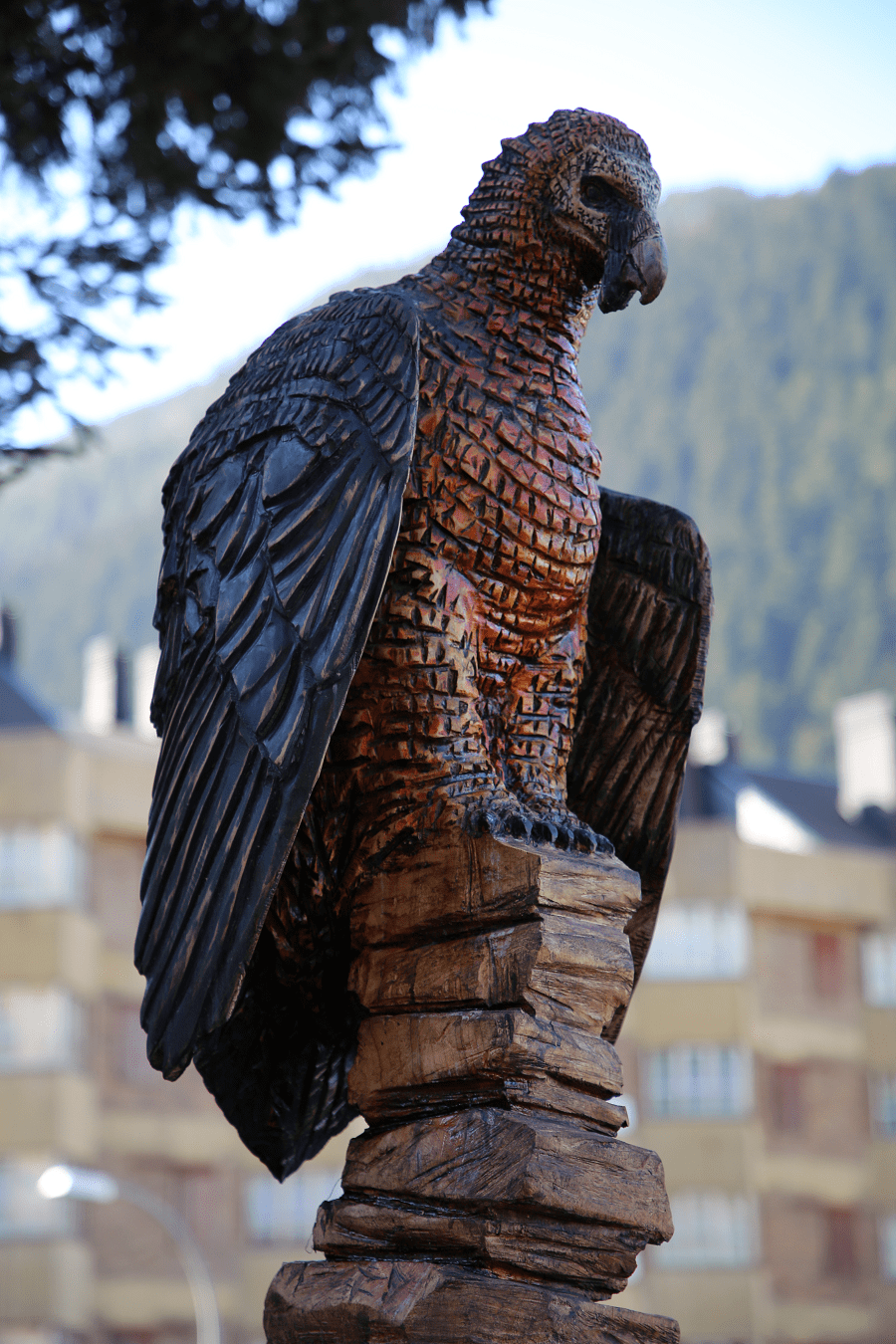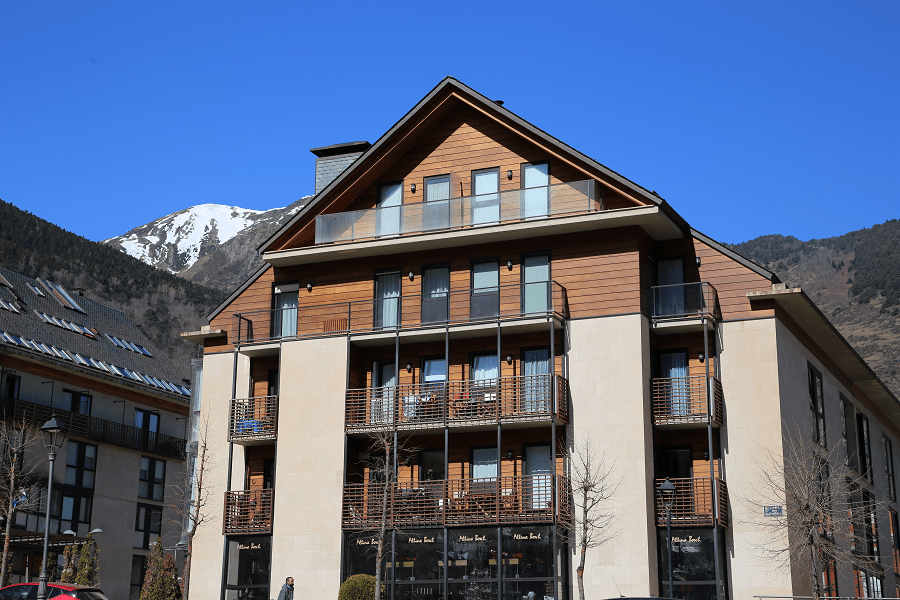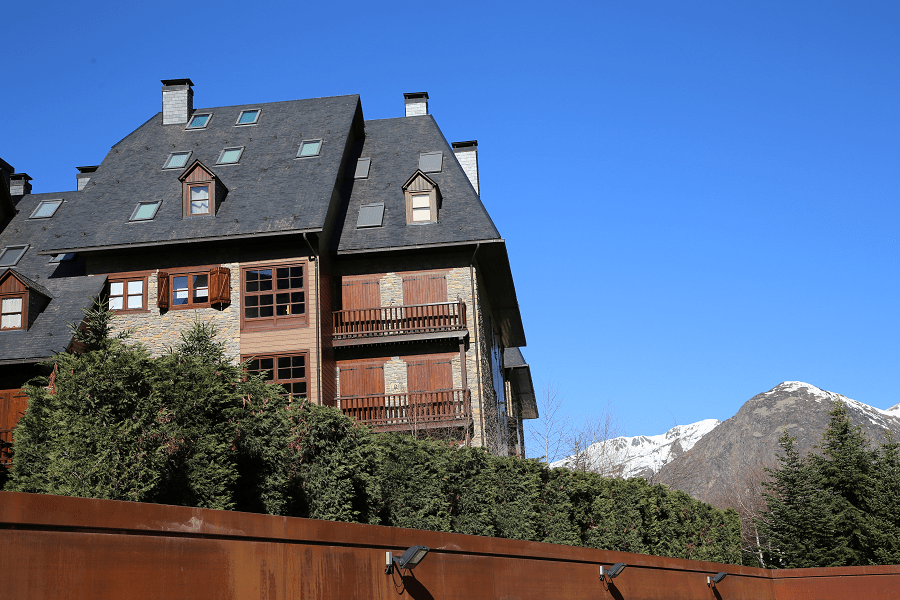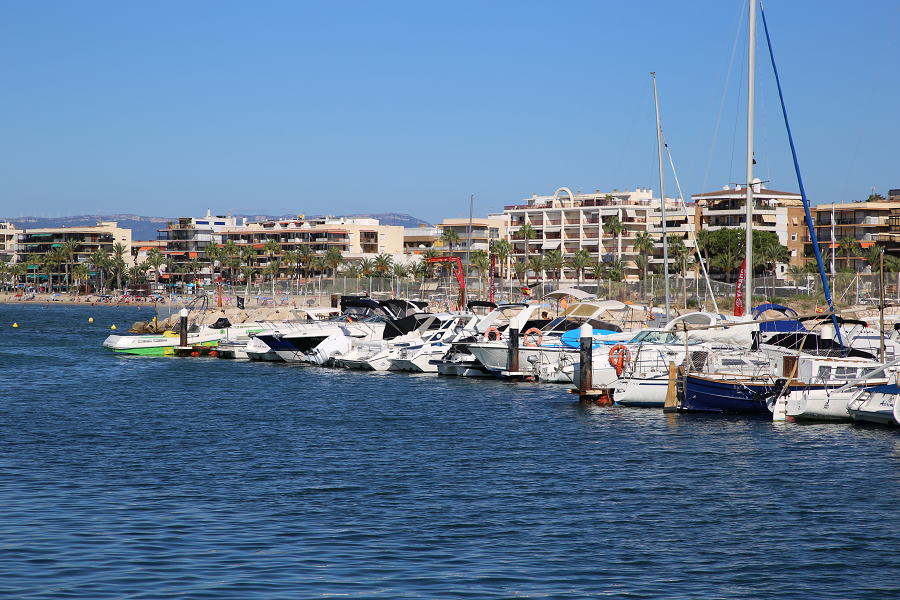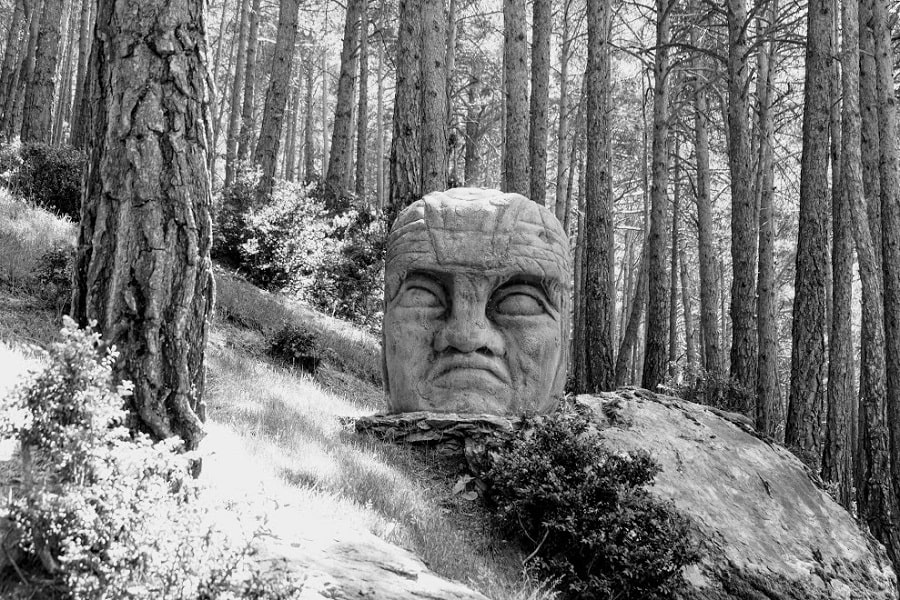The Aran Valley (cat. Val D’Aran) is a valley in the central Pyrenees located in the historical region of Occitania, province of Lleida. Administratively, this is a single territorial entity of Catalonia (Spain). With its capital in Vielha, it has an autonomous government, the General Council of Aran, in accordance with Law 16/1990 on the special regime of Val d’Aran, updated by the new Law of Aran on January 21, 2015.
It was the district until 2015 from which it became legally a single territorial entity.
The name of this region is associated with the name of the valley in which it is located. The name Val d’Aran is of Aran origin. It is believed that the name Val d’Aran is a pleonasm, since it means Valley of the Valley (val means valley in Aran, and aran, in turn, is translated from Basque as valley).
Its own and official language is Aran Occitan, which belongs to all of Eastern Gascony. There are joint official Catalan and Spanish languages. On June 17, it celebrates his national holiday, Hesta d’Aran.
Val d’Aran has been part of La Seu D’Urgell diocese since the end of the 18th century.
Val d’Aran is a typical Pyrenean valley that largely belongs to the Atlantic Ocean basin. The Garonne river, which begins and crosses the valley, flows into this ocean after crossing the whole of Gascony (France).
The climate of Aran is Atlantic. The average annual rainfall is high, about 900 mm, which is distributed very regularly throughout the year. Being in the Pyrenees region, winter temperatures are cold, with average lows below 0 ° C at the bottom of the valley and more extreme at the peaks, as well as mild summers with averages of 17 ° C in the valley and 14 ° C in the mountains. The frost-free period lasts between the summer months: June, July and August.
Traditionally, the Aran economy was based on livestock and forestry. Nevertheless, tourism is currently the main factor in the development of the region’s economy, since Val d’Aran is popular with tourists not only in summer, but also in winter. The development of tourism in the region is facilitated by two factors: the opening of the Vielha tunnel and the Baqueira-Beret ski resort. These factors make the region one of the wealthiest regions in Spain.
Things to do
The Atlantic climate in Val d’Aran guarantees snow throughout the ski season. Baqueira, Beret and Bonaigua make up the largest ski area in the Pyrenees and attract thousands of skiers to the region year after year. The tourists also have a wide variety of places to improve their technique, including the historic local ski school Escola de Esquí de la Val d’Aran.
In addition to downhill skiing, other winter sports are available, such as various forms of snowboarding, which has become extremely popular in recent years, and cross-country skiing with a 40 km trail around Beret.
The special Atlantic climate of the valley and its location, surrounded by high mountain peaks, provide nature lovers with a huge variety of plants and animals: alpine meadows and rocky outcrops, forests of black pine, fir, beech and oak; populations of mountain goats, bearded vultures, ptarmigan, Tengmalm owl, etc.
Hiking here includes some of the most iconic walks, two long trails that run around the valley: GR 10 in the north and GR 11 in the south. In addition, the GR 211 or Val trail and trail network allow hikers to delve deeper into the region using fully signposted paths. Visitors with family groups or less experienced mountain hikers can choose from 10 routes designed to explore the valley without any technical difficulty.
Mountaineers have many alternatives for their hikes in the high mountains, such as climbing the peaks of Montarto and Moliere, as well as the Colomers Lake.
The opportunities for sports and recreation in the region are suitable for all categories of visitors:
Mountain biking: The 25 routes through the Val d’Aran make a total of 444 kilometers of trails. They are well marked and classified according to different difficulty levels.
River Adventure: The two stretches of the Garonne River (one between Les Bordes and Bossost and the other between near Et-Pont-de-Rei) are ideal for extreme sports. In spring and summer, conditions are ideal for rafting, kayaking / canoeing on rough and calm waters, and river rowing. Bausen Gorge is home to another adventure sport – canyoning.
Rock climbing: Traditional rock climbing can be practiced in Colomers, while in winter ice climbing is available in Conangles; the sports climbing can be practiced in Pui de Unha and Roca Camun.
Fishing: In the river, in mountain lakes and reservoirs, all fishing is regulated to ensure an optimal level. Fishing areas are clearly marked and controlled, as are the length of the season and the size of the allowed catch.
Museums and cultural heritage
Heritage sites in Val d’Aran are mainly concentrated in 15 Romanesque churches that can be found in various villages around the valley. Sant Andreu de Salardo, Santa Maria d’Arties, Sant Miquéu de Vielha, Sant Andreu de Casau and Santa Maria de Cap d’Aran are some of the best examples.
It is also worth taking a trip through the villages with their cobbled streets and traditional mountain houses to immerse yourself in the authentic atmosphere of Val d’Aran. One of the most emblematic villages is Bossost, where you can also visit the magnificent Mair de Diu de Purificació church.
The most important cultural sites:
- La Mina Victòria d’Arres de Sus
- Santa Maria d’Arties church
- Sant Joan a Arties church
- Eth Corrau museum
- Pyren Museum in Salardú
- Era Mòla in Salardú
- Wool factory in Viella
- Val d’Aran museum in Viella
- Ecomuseum in Vilamòs
Shortest distances by car? (To Vielha)
From Barcelona: 3 hr 57 min (316 km) via N-230 and A-2
From Madrid: 6 hr 21 min (576 km) via A-2
From Paris: 8 hr 35 min (836 km) via A20
From Andorra: 2 hr 34 min (143 km) via Eix Pirinenc/N-260 and C-28
From Monaco: 7 hr 35 min (739 km) via A8
From Moscow: 38 hr (3,612 km) via E30/M1
From Belgrade: 20 hr 34 min (2,042 km) via E70
From Istanbul: 30 hr (2,991 km) via E70
From Bern: 9 hr 39 min (997 km) via A9
See here Pyrenees travel guide
See here France travel guide
See here Spain travel guide



